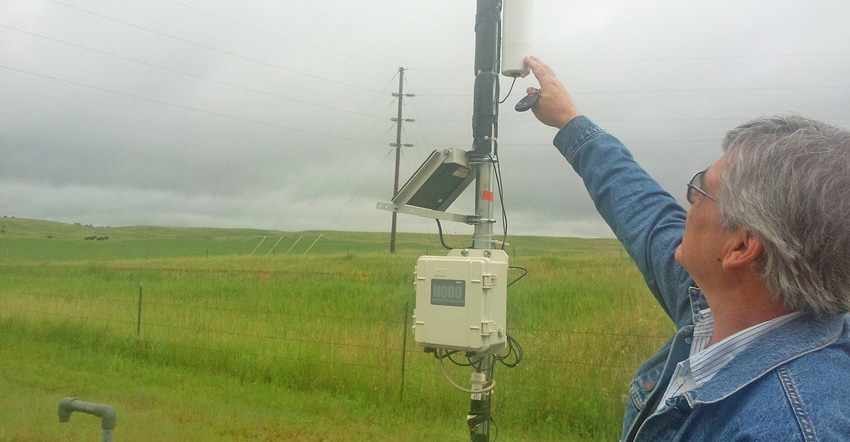December 12, 2017

It’s not a surprise that oil industry used a lot of water during the Bakken oil boom. Oil companies used hydraulic fracturing, or fracking, to drill for the oil. Fracking forcing large volumes of a water, sand and chemical mixture into the rock miles deep underground to break open the shale and release the oil and gas.
A team of North Dakota State researchers report that total water use for Bakken shale oil development increased nearly 20 times, from 550 million gallons to 10,200 million gallons (1,686 acre feet to 31,279 acre feet) between 2008 and 2014. That’s equivalent to covering about 48 sections of land with 1 foot of water. But on an annual basis, it’s only 0.5% to 10% of the state’s water use.
The researchers found that Bakken fracking didn’t have much of an impact on the water supply between 2008 and 2014. Of the nine streams and 15 shallow aquifers in the Bakken that were studied, the average ground water levels decreased in only three shallow aquifers – the Charbonneau, Tobacco Garden Creek and Killdeer in McKenzie and Dunn counties. The remaining 12 shallow aquifers and all nine small- to medium-sized streams in the Bakken had higher groundwater levels or increased average annual seven-day low flows.
The region received about 20% more precipitation than normal from 2008 to 2014, and the North Dakota State Water Commission used several programs to manage the increased demand for water. The In Lieu Of Irrigation program allowed current water use permit holders to temporarily transfer their water allotment to fracking. The state also issued other temporary, short-term water permits.
“The bottom line is that we were able to manage the demand for water,” says William Schuh, of the State Water Commission.
Slick fracking worries
Oil field practices are constantly changing, though, and Schuh says the new practice of “slick fracking” uses five times the amount of water as conventional fracking.
“Accessing a well-distributed water supply could be a challenge in another boom and under dry conditions,” he says.
However, Schuh is confident that during a dry period or another oil boom, the demand for water irrigation and fracking could be managed effectively and fairly.
Zhulu Lin, an assistant professor in NDSU’s Agricultural and Biosystems Engineering Department, was the project’s lead investigator. Others involved were Siew Lim, an associate professor in NDSU’s Agribusiness and Applied Economics Department; Tong Lin, a research assistant in NDSU’s Environmental and Conservation Sciences Program; and Michael Hove, water use manager for the office of the state engineer. An article about the research is scheduled to appear in the February issue of the Journal of American Water Resources.
You May Also Like




